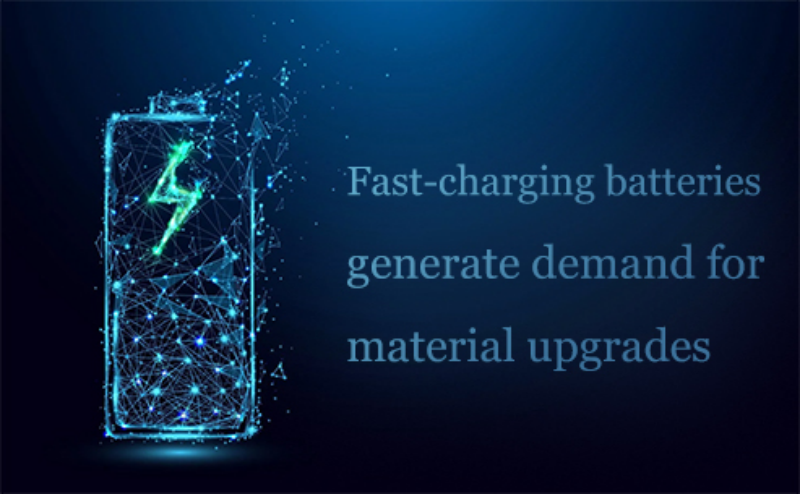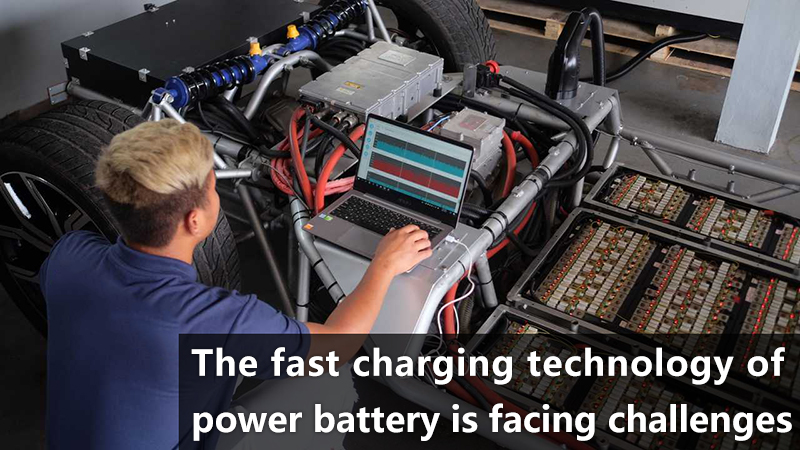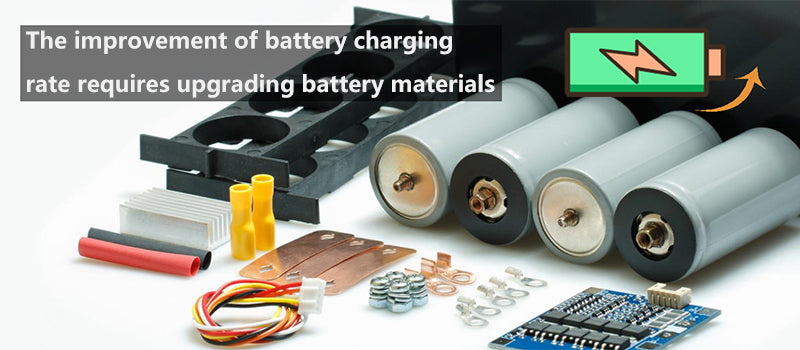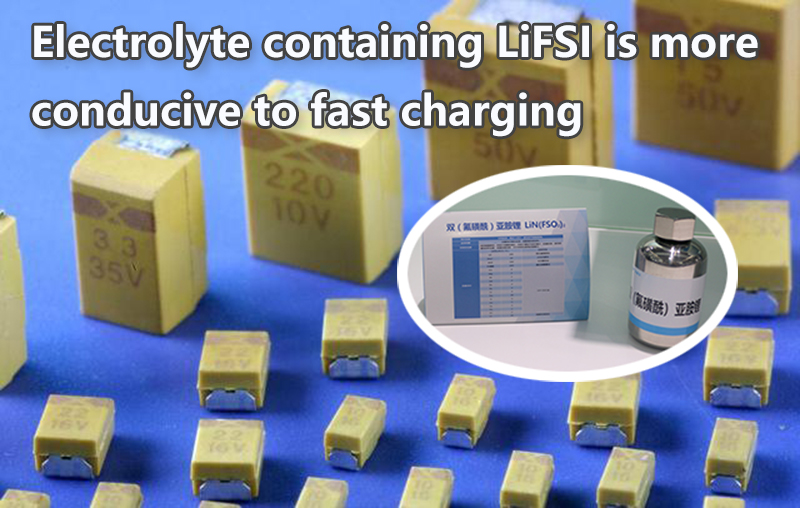
Main content:
The pulling effect of the iteration of battery technology on the industrial chain has always attracted much attention. It’s revealed that the Qilin batteries of the CATL are characterized by fast charging cells, which is expected to make the new lithium salt LiFSI popular. Qilin battery was released on June 23. In addition to the performance upgrade brought about by structural innovation, its fast charging performance is also better. According to the official introduction, based on the large-area cooling technology of the battery cell, Qilin battery can adapt to higher current and higher voltage. The fast charging can support 5 minutes hot start and 10 minutes fast charging to 80%, which is stronger than Tesla 4680 battery.
1.Numerous companies have already deployed in the field of fast-charging batteries

In addition to the CATL, many companies have already deployed in the field of fast-charging batteries. BYD's latest SEAL model is equipped with a new generation of fast-charging blade batteries that can travel 300 kilometers on a 15-minute charge. SUNWODA's super fast-charging battery can last up to 400 kilometers after 10 minutes of charging, and it is planned to be mass-produced by the end of this year. GAC GROUP's graphene-based super fast charging battery can be charged to 80% in 8 minutes. And material upgrade has always been the key to battery innovation. In addition to the lithium salt used in the electrolyte, what other material links need to be replaced?
2.The fast charging technology of power battery is facing challenges
Shortening the charging time is one of the keys to enhancing the brand power and user experience of electric vehicles. With the rapid increase in the penetration rate of electric vehicles, the competition among car companies has become deeper and more diversified. The advancement of fast charging technology and the improvement of energy replenishment efficiency have become the next outlet of the new energy vehicle industry chain. From the perspective of terminal support, new models in 2022 will begin to pay attention to fast charging performance. XP G9 and IDEAL L9 are equipped with high-power charging, and NIO ES7 is equipped with 400V high-voltage fast charging technology.

Fast charging is a systematic project that requires a joint upgrade of the battery side and the charging side. In order to charge easily enough, the battery will first meet the challenge. Power battery fast charging means high-power charging. The market-leading power lithium ion battery pack can already support 2C charging rate. Generally speaking, 1C charging can fully charge the battery system in 60 minutes, and 4C means 15min can fully charge the battery. Currently, mainstream battery companies are promoting the upgrade of the charging rate from 1C-2C to 4C. It is expected that in the era of electric vehicle 2.0, 4C fast charging and even 6C fast charging will become the next battleground.
3.The improvement of battery charging rate requires upgrading battery materials
Fast-charging batteries need to make changes and upgrades in battery materials to improve the barrel effect. The short board is the anode, which is the determining factor for the charging rate of the battery. Researchers need to solve the problem of lithium deposition in the anode. The mainstream solution is to balance the high rate and the high specific capacity of the anode by means of secondary granulation of the anode material, carbonization coating, doping with silicon-based materials with high specific capacity, natural graphite, and adding carbon nanotube conductive agents. performance.

Currently, the mixing ratio of silicon-based materials and carbon nanotubes is low. Under the demand for fast charging, the use strength of these two materials may continue to increase. At the same time, the raw material of silicon-based anode generally uses nano-silicon powder, which has better performance, but the preparation difficulty and cost are relatively high. The fast charging performance depends on the anode material, but also requires the coordination of conductive agent, electrolyte and binder.
In terms of conductive agents, carbon nanotubes (CNTs) are used in the treatment of graphite materials and silicon anodes. The graphite anode can be modified with CNT, and the ionic conductivity of the silicon anode is much lower than that of the graphite anode, which needs to be improved by adding high-performance conductive agents such as single-walled carbon tubes.The current mainstream electrolyte lithium salt is LiPF6, and high voltage will seriously affect its chemical properties, reducing the charging speed and battery life.

LiFSI-containing electrolytes have higher electrical conductivity than other lithium salt-containing electrolytes, and their fluorine content is lower, which is more environmentally friendly and more conducive to fast charging. In addition, the binder link also needs to be upgraded. The binder of LFP batteries is one of the important components in the lithium ion battery electrode sheet. If a silicon anode is used, the use of water as the solvent as the anode binder is more suitable for PAA ( The binder under the graphite system adopts SBR).
Related article: Top 10 power battery companies, Tesla 4680 battery vs CATL CTP battery